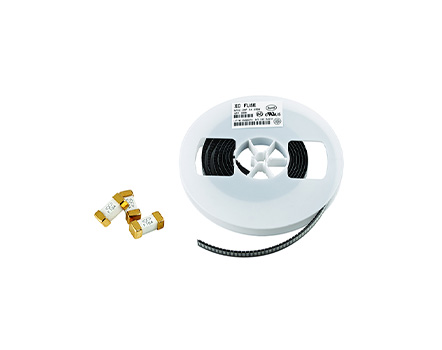
Fuse, alias current fuse, is defined as "fuse link" in IEC127 standard and is a thermal Response element. The fuse is installed in a fuse box (fuse) or knife switch and connected in series in the circuit. The fuse invented by Edison over a hundred years ago was used to protect expensive incandescent lamps at that time.
The fuse is mainly composed of three parts: the melt part, the electrode part, and the bracket part. Fuses are generally made of fusible metals such as lead, tin, lead-tin alloy, or zinc, with a very low melting point (approximately 200-300 ℃). Under normal circumstances, fuses can maintain reliable operation of the power grid, but in the event of overload or short circuit conditions, fuses with lower melting points are heated to the melting temperature by current and continue to be heated, causing some fuses to melt and vaporize, thereby cutting off the protected circuit and ensuring the safety of electrical appliances and connecting wires. Fuses are composed of porcelain covers, porcelain seats, contacts, spring clips, and other components to form fuses. They are generally used in conjunction with electricity meters and open load switches in households as protective measures for power supply lines after being connected to households
Read recommendations:
What are the principles for selecting fuses.resettable 15 amp fuse